Design your self-promo book
Steven Bonner shows you how to create a book promoting your work to the industry
Self-promotion is something that can make or break someone in the creative industries. As well as producing quality work, you need to find ways to reach people who’ll commission you. I’m a part of a small group called The Mighty Pencil, which was founded by Ben the Illustrator with the aim of supporting established and up-and-coming illustrators. Thinking of ways we could help promote artists we love, we decided to make our own promotional directory to send to potential clients, pooling together our contacts. This way we could use our collective experience to target people who regularly commission illustration, or those who could help promote us to a wider audience.
We shared the costs and I took responsibility for the design while Laura Barnard handled production. I contacted illustrators interested in being featured and set guidelines for their contributions: the size and resolution of each image, a short bio, and contact details. Once the deadline had passed and all the relevant files had come in from those being featured, I set about the task of designing The Mighty Pencil’s promo book.
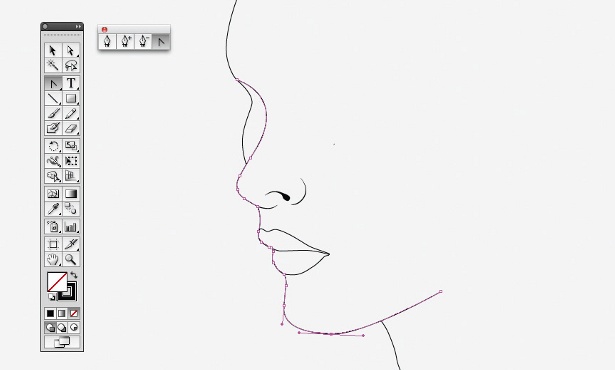
01 Before starting any designs, we finalised our budget. We were aiming for industry figures who commission illustration and wanted to produce something these people would keep as reference rather than look at once and discard. People throw away postcards, but if a mailer comes in that looks more precious, they might hold onto it. Using our experience, Laura and I decided on an A5 book, perfect bound, and printed digitally. We planned for a run of 200 copies.
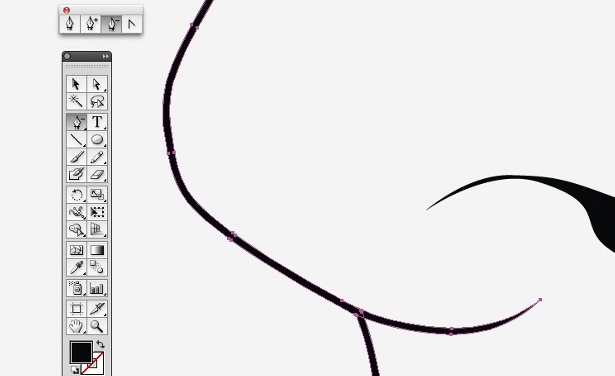
02 We set about sourcing quotes from suppliers who all came back with different costs and considerations. When selecting a supplier you shouldn’t base your decision on price alone. Do they come recommended? Have you dealt with them before? How reliable are they? Is the quality reflected in the price? Cheapest isn’t always the best option, but similarly, the best isn’t necessarily the most expensive either. Make sure delivery is factored into the quote, and ensure you agree on everything in your original specification. We went with Ripe Digital as they had produced my work before and the quality and service were good.
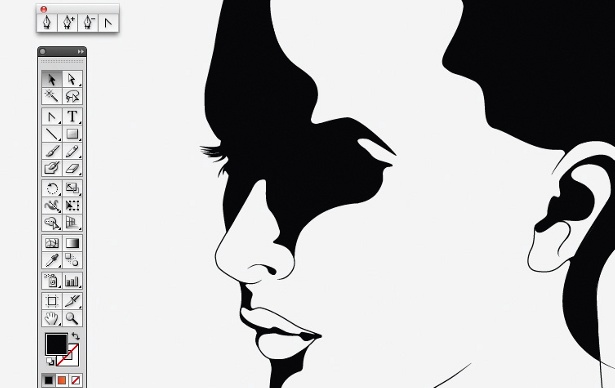
03 I sketched out some rough layout possibilities. I prefer to work with paper and pencil first, as it stops me from getting bogged down in details, and I can try out lots of possibilities quickly. As this was to be a showcase for each contributor, to sell each artist I decided that it would be better to give everyone their own double page spread. When the user viewed their work, there’d be no distraction and the focus would solely be on that particular person’s work. The left hand page would be text and supplementary images, with the right reserved for a splash image.
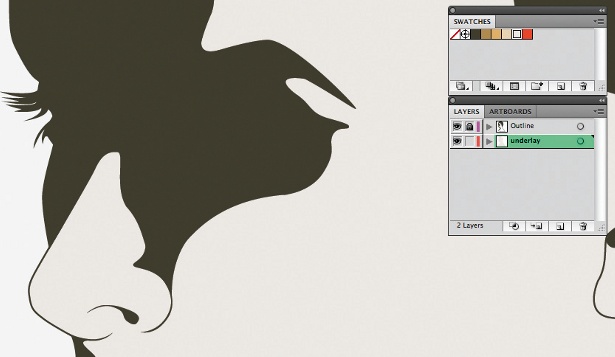
04 The next step was to set up a grid for the document so I could maintain consistency throughout. Setting up my document in Adobe InDesign, I created my pages A5, with 3mm bleed, outside margins at 8mm throughout, and the inside margin at 12mm to keep content away from the inside spine. I decided to use 8pt on 11pt type. In Preferences>Grids I set my baseline grid at increments of 11pt matching the leading, starting from the top margin. I divided my page into thirds vertically and horizontally using guides.
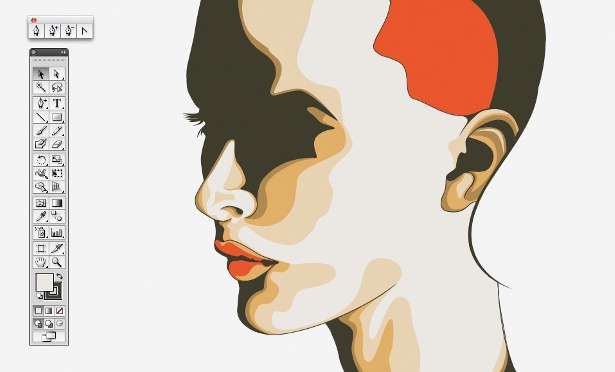
05 Setting up style sheets for type throughout the book, I chose Sentinel for friendly but strong body copy. Because we wanted a professional look, I went for Tungsten for headlines. Both fonts are by Hoefler & Frere-Jones. I often use fonts from the same foundry as they tend to work together well. Using Paragraph Styles (Window>Styles>Paragraph Styles) I set body copy to 8/11pt, and titles to 31/22pt all caps. I locked all the type to the baseline. Style sheets provide consistency, and if you change your mind about something you can alter the entire document in one go.
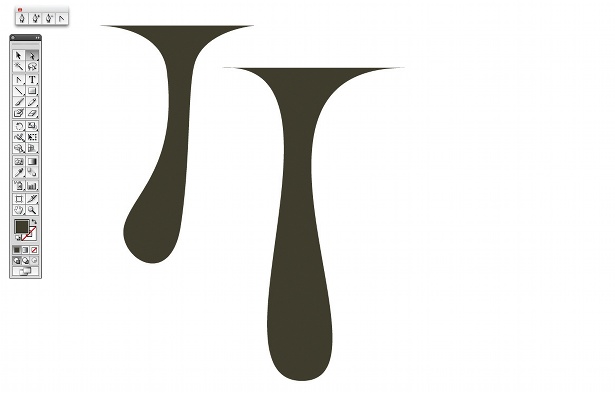
06 Working from my initial sketches, I established the page furniture on each page (page numbering, headings, etc) by clicking the Pages palette (Window>Pages) and setting up various Master pages I could use (simply drag the desired Master onto your Pages panel to apply) depending on whether it was a left or right hand page. I manually replicated the grid I’d drawn for the document – showing the underlying structure of the page was a nod to the type of people who’d receive the book, and would provide a little visual variation sporadically as the book went on.
Get the Creative Bloq Newsletter
Daily design news, reviews, how-tos and more, as picked by the editors.
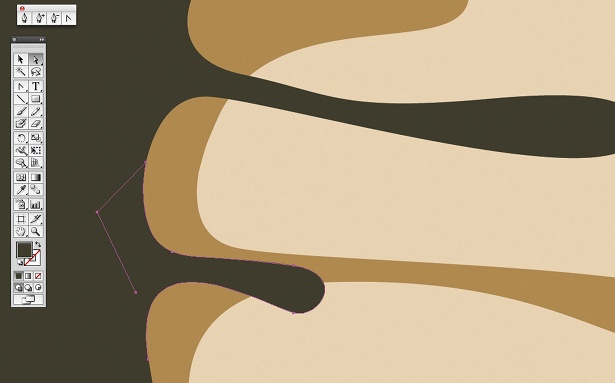
07 Time to organise my images correctly to make life easier when I reach the artworking stage. I opened all the images supplied and ensured they were in CMYK mode before saving as TIF files. As it was being printed digitally this wasn’t strictly required, but I’m from the old school and habits die hard! If the job had been going to a lithographic printer, all the colour conversion would have been required.
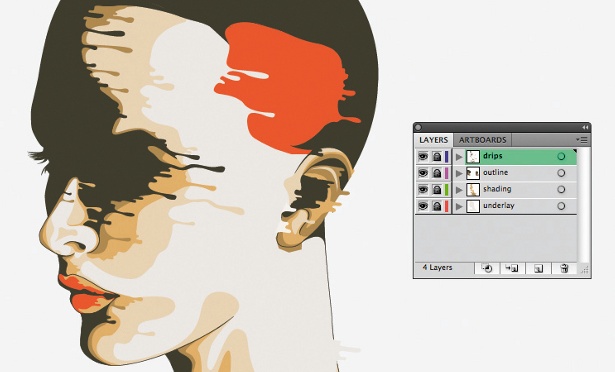
08 With all images saved into folders for their respective artists, I began adding content. I dropped in all the type, and using my style sheets formatted it correctly. Once the type was set I added in the images, and played around with varying spread layouts based on each artist’s work. I spellchecked and saved a low resolution PDF (File>Export>AdobePDF) and sent it to each contributor to proofread their own pages.
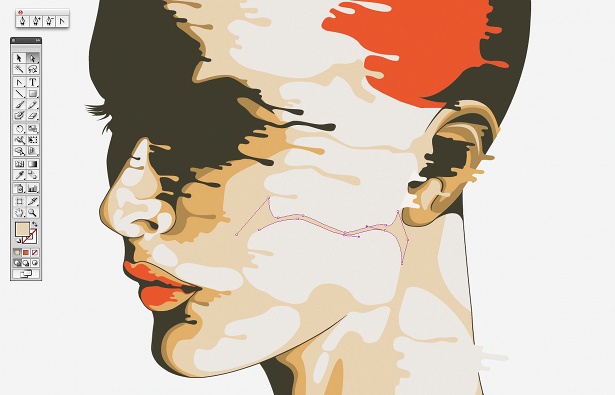
09 Some contributors wanted to update their bio or swap in some newer or more appropriate images, so this gave them the opportunity to take a step back and make sure they were happy with how their spread represented them commercially – the focus was very much on saleable work. I took the requests and made any necessary changes before proofing the document again. One final check!
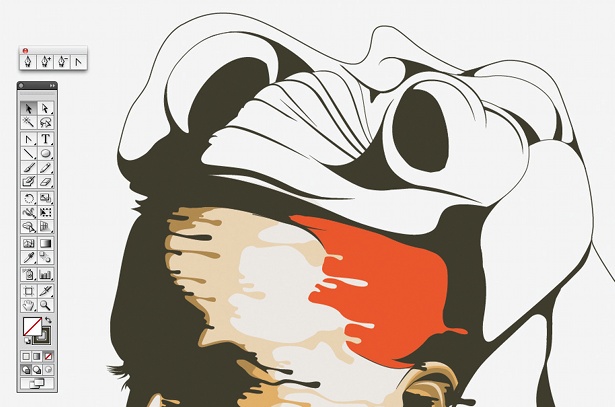
10 With the contributor pages complete I turned my attention to the rest of the pages, such as the table of contents, introduction and the end papers. The Mighty Pencil has a fairly large Twitter following so occasional small ‘tweets of wisdom’ were collated and typeset at the end to give the viewer a sense of who we are as a group, sort of a parting shot that they could remember us by.
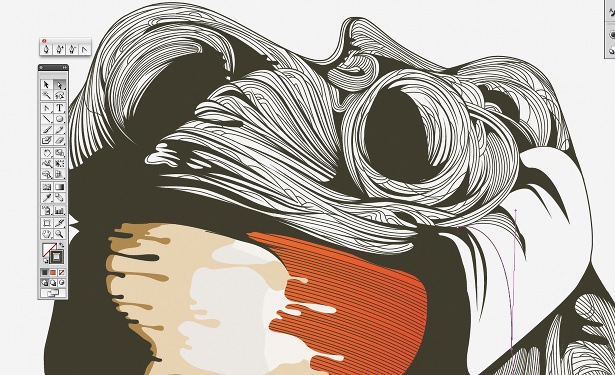
11 I wanted the cover to have impact, without being overpowering. As this was our first book I wanted to introduce the group’s brand, so after a few roughs I decided to use the group logo as the main focus. Negative space in the centre would bring attention to the fact that this book was only volume one. By hinting that there will be more to come it reinforces the keepability and collectability of the book.

12 After Laura, Ben and myself checked it again and spellchecked it, I prepared the artwork files, adding bleed around the edges where required, and saving a PDF, this time at Press Quality and in single pages so Rik Penny at RipeDigital could impose each page. The covers were supplied as full spreads, also as a Press Quality PDF file. Then it went onto the digital press.

13 When it came back, we designed the labels, also to be printed at Ripe, and sourced envelopes. Ben took delivery and mailed books to our contacts in manageable batches. We spread the word using social media platforms. Since then, we’ve had many requests for the book, and people asking who the mysterious Mighty Pencil are. Contributors have told us they’ve had commissions as a direct result of being featured in it, so all around, it’s been a massive success, and one we hope to repeat soon.

Thank you for reading 5 articles this month* Join now for unlimited access
Enjoy your first month for just £1 / $1 / €1
*Read 5 free articles per month without a subscription

Join now for unlimited access
Try first month for just £1 / $1 / €1

The Creative Bloq team is made up of a group of art and design enthusiasts, and has changed and evolved since Creative Bloq began back in 2012. The current website team consists of eight full-time members of staff: Editor Georgia Coggan, Deputy Editor Rosie Hilder, Ecommerce Editor Beren Neale, Senior News Editor Daniel Piper, Editor, Digital Art and 3D Ian Dean, Tech Reviews Editor Erlingur Einarsson, Ecommerce Writer Beth Nicholls and Staff Writer Natalie Fear, as well as a roster of freelancers from around the world. The ImagineFX magazine team also pitch in, ensuring that content from leading digital art publication ImagineFX is represented on Creative Bloq.
